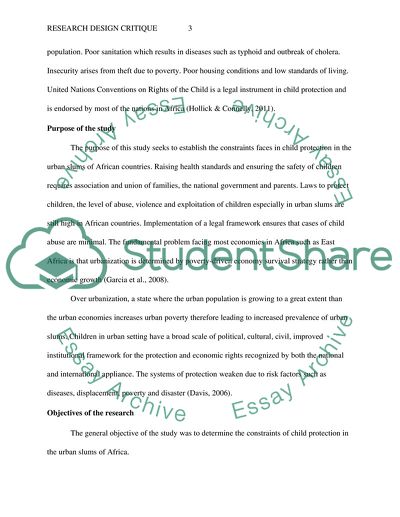Cite this document
(“Research Design Critique Coursework Example | Topics and Well Written Essays - 1500 words”, n.d.)
Retrieved from https://studentshare.org/sociology/1692834-research-design-critique
Retrieved from https://studentshare.org/sociology/1692834-research-design-critique
(Research Design Critique Coursework Example | Topics and Well Written Essays - 1500 Words)
https://studentshare.org/sociology/1692834-research-design-critique.
https://studentshare.org/sociology/1692834-research-design-critique.
“Research Design Critique Coursework Example | Topics and Well Written Essays - 1500 Words”, n.d. https://studentshare.org/sociology/1692834-research-design-critique.


